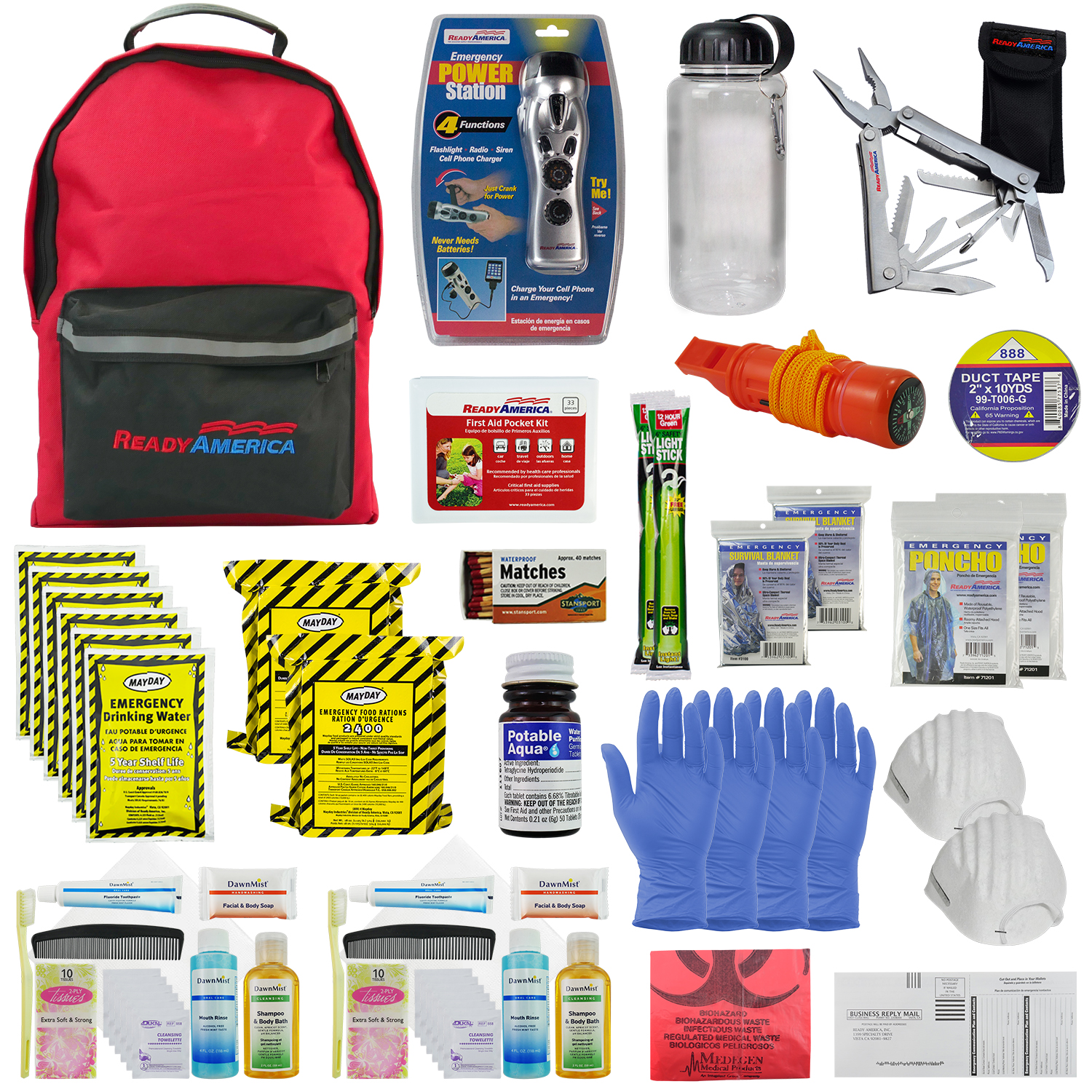Emergency Preparedness 101: Key Steps to Safeguard Your Household
Emergency Preparedness 101: Key Steps to Safeguard Your Household
Blog Article
Vital Emergency Situation Readiness Tips for Survival
In today's uncertain world, being gotten ready for emergencies is not simply a suggestion but a vital necessity. Guaranteeing your safety which of your liked ones throughout unanticipated situations calls for careful planning and foresight. From putting together a fully equipped emergency situation package to establishing clear interaction channels and discharge routes, there are numerous crucial steps that can make a substantial distinction in the face of hardship. By proactively resolving these key aspects of emergency readiness, you can dramatically boost your possibilities of survival in challenging circumstances.
Building an Emergency Situation Package

Beginning by including non-perishable food products like tinned items, granola bars, and dried fruits that have a long service life and do not require cooking. Bear in mind to load a guidebook can opener as well. Furthermore, store a minimum of one gallon of water each per day for a minimum of three days in sturdy containers.
Standard emergency treatment products are essential. Include items such as adhesive plasters, disinfectant wipes, discomfort reducers, and any type of required prescription medicines. A flashlight with additional batteries, a multi-tool, and a whistle ought to also remain in your set. Finally, maintain duplicates of essential documents like recognition papers, insurance coverage, and emergency situation get in touch with information in a waterproof container. By constructing a well-balanced emergency situation set, you can better prepare on your own for unforeseen events and enhance your chances of remaining safe throughout a dilemma.
Establishing a Communication Strategy
Assembling an emergency kit with essential products establishes a strong foundation for preparedness; currently, turning to the development of a communication strategy is essential for making sure efficient coordination and details dissemination during times of situation. A well-balanced communication plan is crucial for keeping people informed, attached, and safe in emergency scenarios. Use several interaction approaches such as text messages, phone telephone calls, social media, and emergency sharp systems to guarantee info reaches every person quickly.

Establishing Discharge Routes
To make sure effective emergency feedback and safety procedures, establishing clear emptying paths is paramount in preparedness preparation. Evacuation routes must be determined and communicated to all individuals in an offered area to guarantee a swift and arranged discharge in times of crisis. When establishing emptying paths, it is necessary to think about several alternatives to make up different situations, such as fires, floods, or various other emergency situations that might obstruct primary escape paths.
The selected discharge courses should result in assigned risk-free locations where people can look for sanctuary and wait for more instructions or assistance (my website). These routes need to be quickly accessible and well-marked, taking into consideration the needs of all people, including those with disabilities or wheelchair restrictions. Normal drills and method runs along these evacuation paths can help familiarize individuals with the getaway courses and guarantee a much more efficient discharge process during real emergency situations
In addition to physical emptying courses, it is important to have different communication methods in location to relay discharge guidelines and updates effectively. By establishing and consistently reviewing evacuation paths, neighborhoods can boost their overall emergency preparedness and reaction abilities.
Discovering Basic First Help
One basic facet of emergency situation readiness is obtaining understanding in fundamental emergency treatment procedures. In times of crisis or disaster, having the ability to provide prompt clinical aid can make a substantial distinction in conserving lives. Discovering fundamental emergency treatment outfits people with the abilities to respond and assess to typical injuries and clinical emergencies effectively.
Standard very first aid training typically covers crucial methods such as CPR, injury care, bandaging, splinting, and identifying indications of shock or respiratory distress. you can try here. Comprehending exactly how to provide these fundamental interventions properly can stabilize a person's problem up until expert medical help arrives
Moreover, having a standard initial help package easily available is essential in emergency situations. The package needs to consist of vital materials like bandages, antiseptic wipes, gauze pads, glue tape, scissors, tweezers, and handwear covers. Knowing just how to make use of these products correctly can prevent infections, quit bleeding, and offer convenience to those in demand.
Protecting Essential Files

Verdict
Building an emergency situation package, establishing an interaction plan, developing evacuation courses, discovering standard very first aid, and safeguarding essential files are crucial steps to take. It is crucial to prioritize emergency situation readiness to guarantee preparedness for any potential situations that might occur.
From assembling a well-appointed emergency package to developing clear communication channels and emptying paths, there are a number of critical actions that can make a significant difference in the face of difficulty.To make sure reliable emergency situation response and safety steps, establishing clear emptying paths is critical in preparedness planning. When establishing emptying routes, it is vital to take into consideration multiple options to account for different scenarios, such as fires, floods, or various other emergency situations that might obstruct key retreat courses.
Normal drills and method runs along these emptying paths can help familiarize people with the getaway paths and make sure an extra effective discharge procedure throughout actual emergency situations.
Developing an emergency situation package, creating a communication strategy, developing emptying routes, discovering basic first aid, and safeguarding vital papers are necessary steps to take.
Report this page